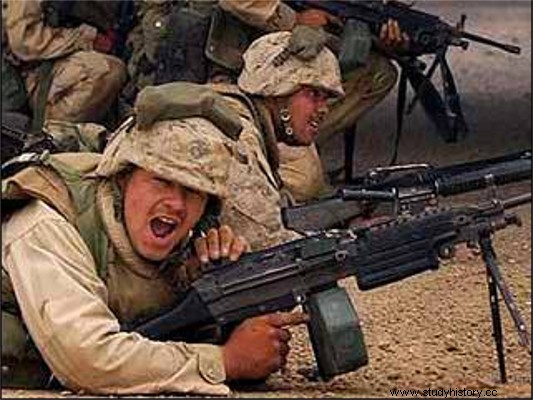
In 2003, the United States held an occupation to Iraqi territory on the grounds that President Saddam Hussein maintained an arsenal of chemical weapons that threatened world peace. Even not proving the existence of the Iraqi military arsenal, the US government managed to promote the trial and subsequent conviction of the dictator Saddam Hussein.
The new government sworn in has not yet managed to legitimize itself and its power is maintained with the direct assistance of international military troops that reach a contingent of 150 thousand foreign soldiers. Rather than shooing radical groups off the Iraqi political scene, the US intervention encouraged the growth of Islamic fundamentalist groups in the Middle East.
According to some analysts, the US government had other intentions with the occupation process. According to them, several financial agreements were created for the United States to guarantee ownership over that country's oil reserves. More than five years after the invasion, Iraq still suffers from a major infrastructure problem that, after the war, became even more serious.
The civilian population seems to be in an even more complicated situation. After the invasion, the various attacks on civilians put the country under terrorist threat. Some estimates say that the US presence has been responsible for more than 40,000 deaths. Still, the United States celebrated the arrest of some important leaders of terrorist organizations hiding in Iraq.
In the United States and other countries, some demonstrations are against the American presence in the East. Several US-allied nations have already withdrawn their forces from Iraqi territories. Meanwhile, conflicts spread and uncertainties distance the political autonomy of the Iraqi institutions and population under their country.
